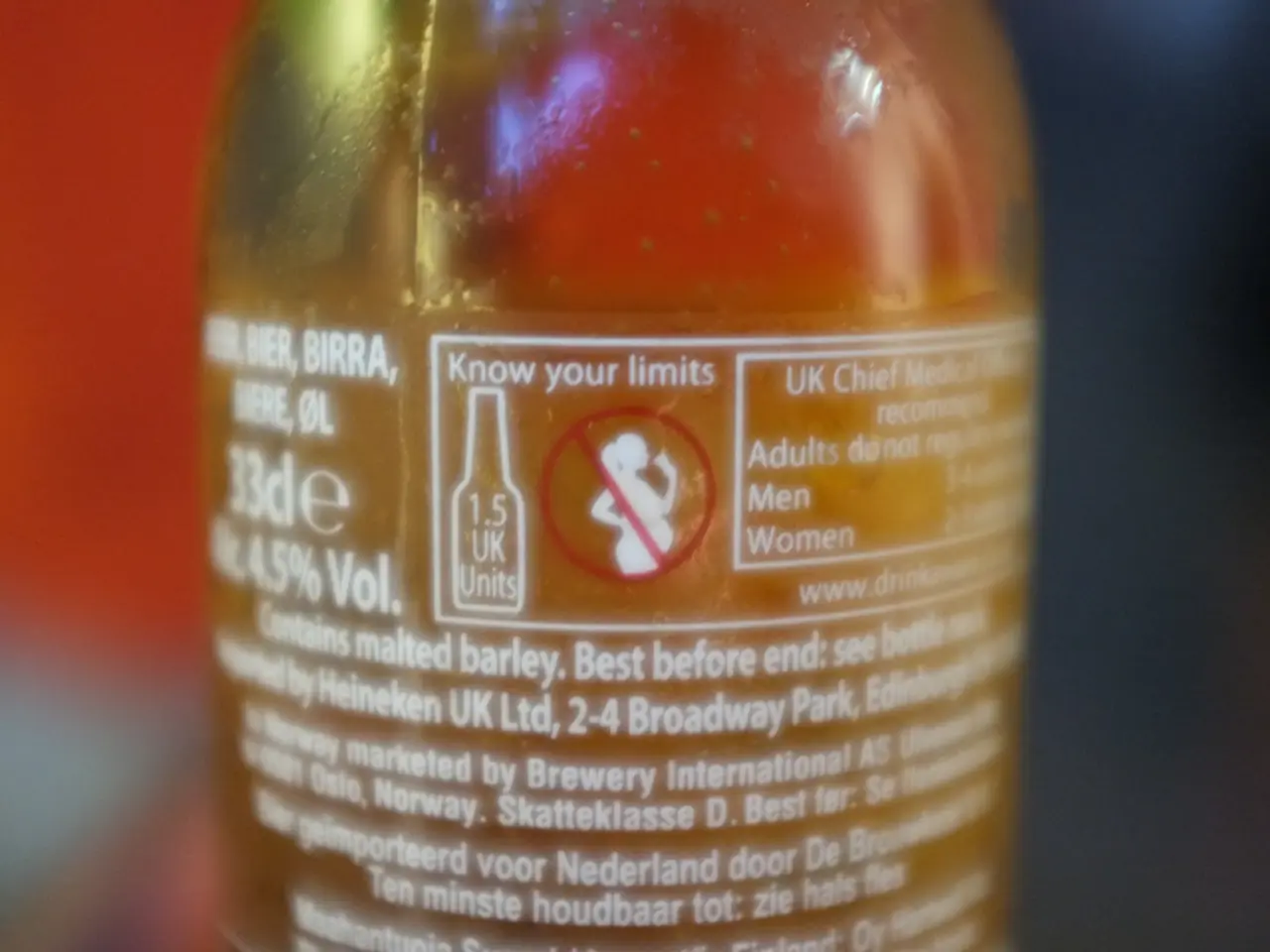Increased instances of norovirus outbreaks on cruise ships: the reason?
In recent months, the cruise industry has been grappling with an unexpected challenge: a spike in Norovirus outbreaks. As of May 14, 2025, the Vessel Sanitation Program of the Centers for Disease Control and Prevention (CDC) has recorded twelve such outbreaks on cruise ships, nearly matching the total for the entire previous year.
This rise is largely attributed to several interconnected factors. One of the primary culprits is the emergence of a new Norovirus variant, to which the global population, including cruise passengers, has low basic immunity. This lack of immunity facilitates easier and more widespread transmission among individuals on board ships.
Another factor is the surge in Norovirus infections on land, particularly in the U.S., which increases the likelihood that infected individuals board cruise ships, introducing the virus onboard. The close contact and enclosed environments of cruise ships, with their high density of passengers and crew in close quarters, provide an environment conducive to rapid virus transmission through contaminated food, surfaces, or person-to-person contact.
The U.S. CDC's Vessel Sanitation Program requires cruise ships to report Norovirus outbreaks when 3% or more of passengers and crew show symptoms. This rigorous monitoring captures outbreaks that might previously have gone unreported, contributing to the perception of an increase.
Post-pandemic factors also play a role. The numbers of outbreaks in 2024 and early 2025 are higher than during the pandemic years, partly because pandemic-related restrictions previously limited outbreaks and also because more people are traveling again, allowing for more opportunities for Norovirus transmission.
Despite the attention, cruise ship outbreaks remain relatively rare compared to land-based outbreaks. However, the unique conditions on ships amplify transmission risks when the virus is introduced. Hundreds of passengers and crew members have become infected during these outbreaks, with some ships having to stay in ports or being turned away.
This surge in Norovirus outbreaks during the Corona pandemic has sparked international criticism of the crisis management by the shipping companies. The situation can escalate rapidly on cruise ships due to the virus's contagious nature and the daily use of communal facilities by thousands of people.
Noroviruses are widespread worldwide and are among the most common causes of acute gastrointestinal illnesses in humans. A Norovirus patient, a contaminated object, or contaminated food can trigger an outbreak on cruise ships. Norovirus has an extremely short incubation period, allowing for multiple waves of infection during a cruise.
In 2024, 15 outbreaks of gastrointestinal illnesses were registered, with Norovirus being the cause, compared to 13 in the year before. Regionally, the number of Norovirus outbreaks from August 2024 to early June 2025 was almost twice as high as in the same period before.
It's important to note that the article titled "Midlife Crisis at Sea: Why a Berliner immediately regretted his cruise," published on Panorama on 24.06.2025, does not provide any information about the specific Berliner or his midlife crisis.
This article serves as a reminder of the ongoing challenge posed by Norovirus outbreaks on cruise ships and the need for continued vigilance and improved prevention strategies to protect passengers and crew.
- In the realm of health-and-wellness, the ongoing Norovirus outbreaks on cruise ships highlight the importance of environmental-science research in developing effective prevention strategies against this widespread virus.
- The increase in Norovirus outbreaks, as seen in both land-based and medical-conditions on cruise ships, underscores the need for enhanced collaboration between the CDC and the scientific community to mitigate the risks associated with this contagious virus.




